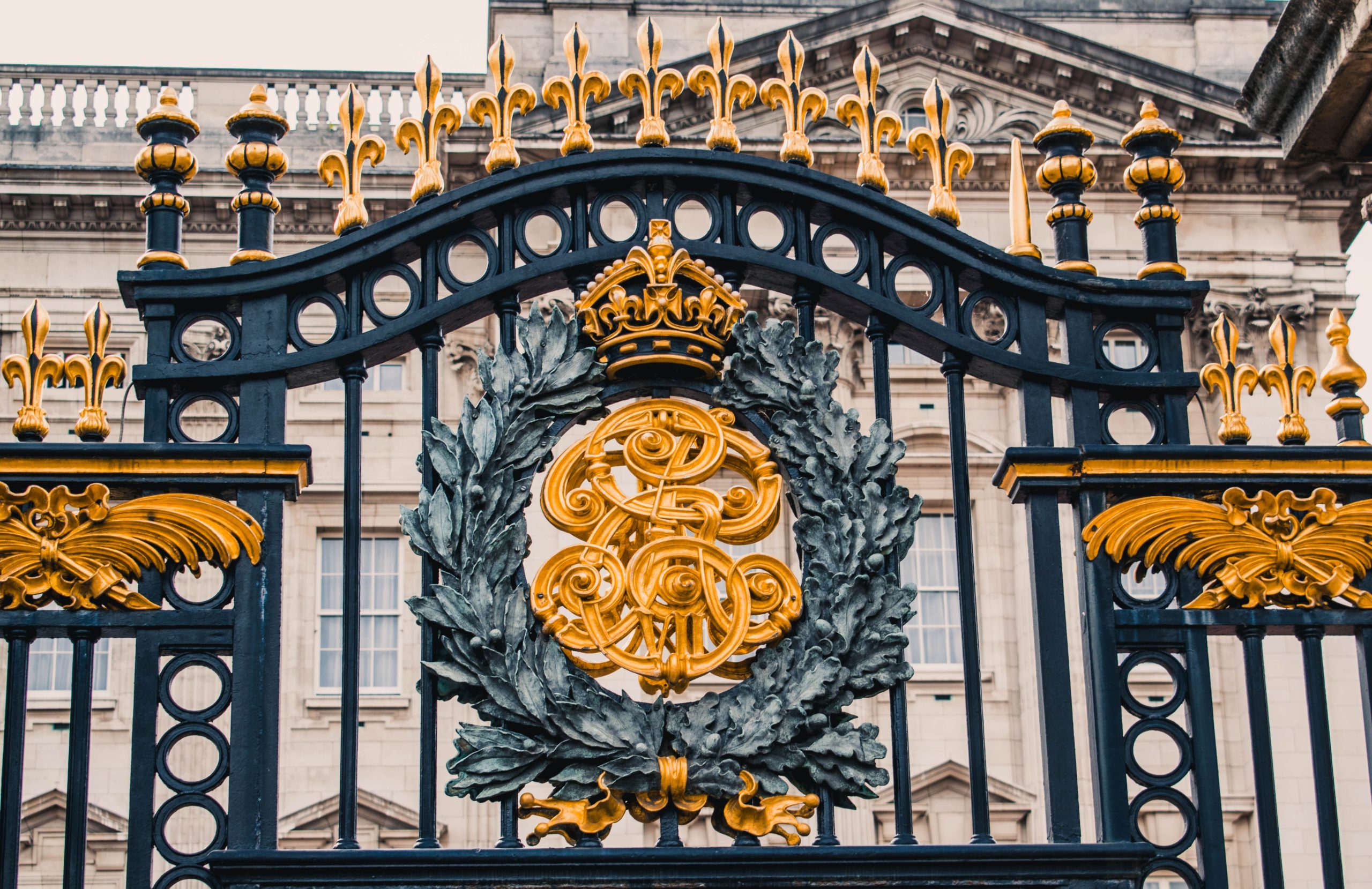It probably doesn’t come as a shock that the royal estate of Queen Elizabeth II was enormous—valued at around $27 billion. While the Queen herself had a more modest net worth—around $500 million—the facts of the matter are simple: a massive transfer of wealth is in progress.
It probably also doesn’t come as a shock that Queen Elizabeth’s estate plan was, well, fit for a queen. It was a masterpiece, accounting for an array of diverse assets: trusts, real estate, a family business, jewelry, royal heirlooms, fine art, and even assets owned by separate trusts! Beyond that, the plan was properly updated over the years to address the many changes that occurred throughout her lifetime.
You don’t need a royal estate to need an impeccable estate plan. Here are 3 estate planning lessons that are as relevant to you as they were to her royal highness.
- Have an airtight estate plan. A well-rounded estate plan consists of more than just a will or trust. It should include important documents that address unforeseen circumstances that may arise while you are still alive. For example, do you have a durable power of attorney in place to handle your finances in the event of your incapacitation? Have you left clear instructions for the medical care you would like to receive—or NOT receive—at the end of your life? Finally, making sure your loved ones know exactly where to find your estate plan after you pass is imperative to the proper and timely administration of your estate.
- Update your plan regularly. Think about the changes that took place over the course of the Queen’s life. There are many changes we know about because they were highly publicized events, but imagine the number of changes that took place behind closed castle doors! The Queen accounted for all of these changes by updating her plan regularly—and you should do the same!
- Communication is key. Don’t let your wishes land as a surprise; talk about the decisions you’ve made with your beneficiaries, and explain why you made certain choices. This can help prevent resentments from developing after you’re gone. The Queen communicated her desire for Prince Charles’ wife, Camilla, to be referred to as the Queen after her death. While Charles could have made that decision on his own, knowing that his mother was comfortable with passing along her title must have felt relieving.
Queen Elizabeth started planning for her death decades ago, and you should do the same. The Queen was lucky to live a long and full life, however, tragedy can strike at anytime. It’s best to prepare the umbrella before the rain comes, than be caught in a downpour…
Contact Caress Law, PC
Caress Law, PC will give you the royal treatment when it comes to estate planning. Contact us today to schedule an initial consultation, or to make plans to update an estate plan you already have in place.


